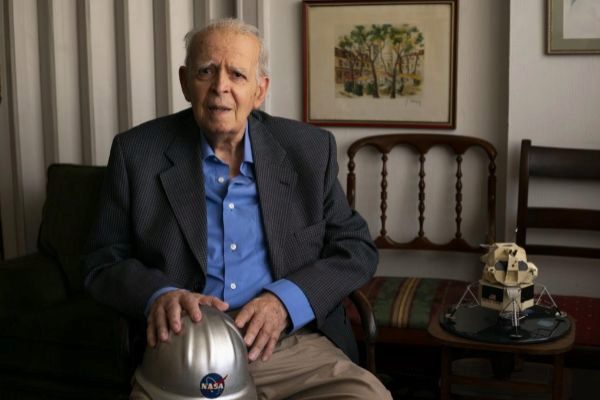- Special 50 years of arrival on the Moon
The Spaniards who waited hours in front of the television for Neil Armstrong to step on the Moon cell July 21, 1969 believed that the nearest countryman of such a historical event was Jesus Hermida, announcer of the Apollo deed for TVE from the United States. But it was not like that. Our pioneer in space that day of insomnia was the physicist Luis Ruiz de Gopegui, director of the Fresnedillas Monitoring Station , in the Sierra de Madrid, which NASA used to support the mission. Commanded by a team of 200 people, this Spaniard served as a bridge between Apollo XI and the Houston headquarters.
Few suffered like him the 30-second silence following Armstrong's shout when the red light in his cockpit flashed. It was a false alarm. Then came the anguish of the return. But in the end, the expertise of engineers and astronauts allowed a happy ending.
Ruiz de Gopegui, who died Tuesday, worked for the US agency in many of his major landmarks, in a career with the Soviet Union that became a golden age, not yet repeated, for space research. In its curriculum there is the Apollo, Skylab, Apolo-Soyuz program and the first space shuttle flights. In the 80s and 90s he was director of the NASA programs in Spain.
This Madrid physicist born in 1929 completed a doctorate at the University of Barcelona and studied a master's degree in Electronic Engineering at Stanford. In his previous career at NASA, he worked for the Scientific Research Council and the National Institute of Aerospace Technology.
His professional prestige earned him a lot of recognition. In 1986 he was awarded the First Class Aeronautical Merit Cross . He published many books of scientific dissemination and was a regular and always kind collaborator with the media, among which is this newspaper. He always did it with enthusiasm, his age didn't matter, his mission was to spread his love for space.
According to the criteria of The Trust Project
Know more
